Changi Airport’s Terminal 2 is a relaxing traveller experience that stimulates the senses
Changi Airport’s Terminal 2, designed by Boiffils Architecture, is an organic space inspired by Singapore's vegetation, forming a gateway into its garden city

The completion of Terminal 2 at Changi Airport crafts a new architectural language for airport design (and follows the airport’s Jewel hub by Safdie Architects, which opened in 2019). The project was designed by Boiffils Architecture, a family-owned firm founded in 1984, with a rich portfolio of projects throughout Asia. The terminal expansion was approached by drawing on Singapore’s artistic and cultural heritage, inspired by the surrounding flora and natural light to form an open gateway into the Asian Garden City.
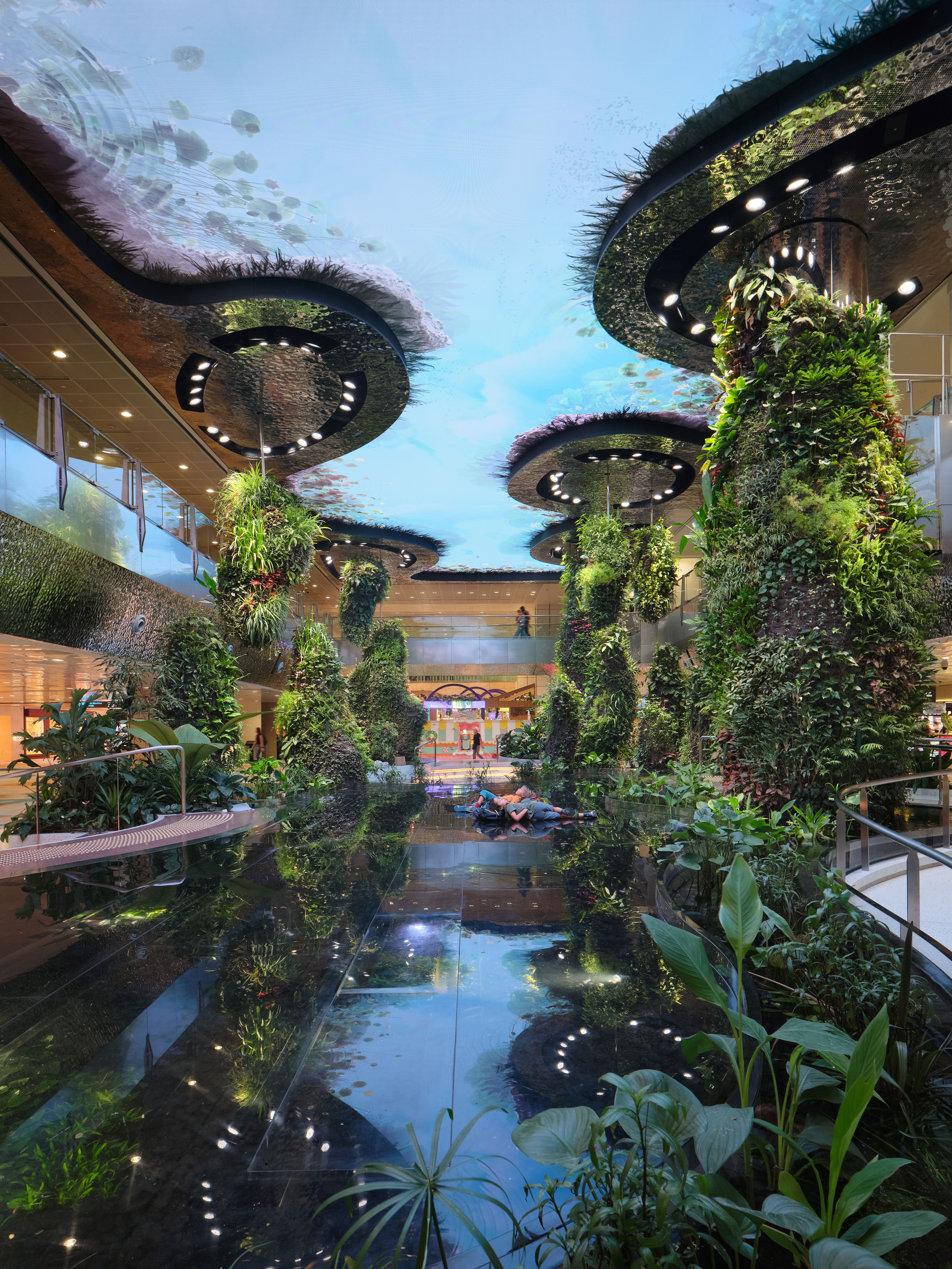
Changi Airport's Terminal 2: an organic traveller experience
Over the course of five years, the expansion project stretched over 120,000 sq m across three levels. Led by Basile Boiffils, a second-generation architect following in the footsteps of its founders, the scheme implements an alternative approach to traditional airport design, with an emphasis on traveller experience, rather than on the management of passenger flow.

'We wanted the architecture to be a source of emotions and a stimulant of senses through its connections with nature,’ says Boiffils. ‘As lovers of nature and gardens, we drew those inspirations from vegetation, topography, geology, minerals, ponds, streams, currents, water reflections, and much more to create spaces and forms that blur the boundaries between architecture and landscape.’

Changi Airport was originally built in the 1990s, and renovated in 2003. When taking on the terminal expansion, Boiffils wanted to reintroduce romanticism into commercial travel, a nod to its heyday during the 1950s and 1960s. The French practice introduced relaxing experiences to soothe tension in what can be a high-stress environment, through a series of visual, audio and interactive stimuli.

Basile explains: ‘Travel in the 21st century is filled with stressful moments – from check-in to security lines, and immigration – and we wanted to provide extensive transparency to enable views of the steps ahead as a way of reducing anxiety derived from the unknown and unfamiliarity with the airport.’

Of course, efficiency isn't compromised within the design. Taking note of the firm's previous work within luxury hotels, boutiques and malls, the space is treated with a mix of elegant earth tones, high-tech elements, and organic materials, enveloped in flora native to Singapore. In contrast to a typical sterile airport feel, the architecture evokes panoramas of land and sea, with linear detailing that mimics geological formations.
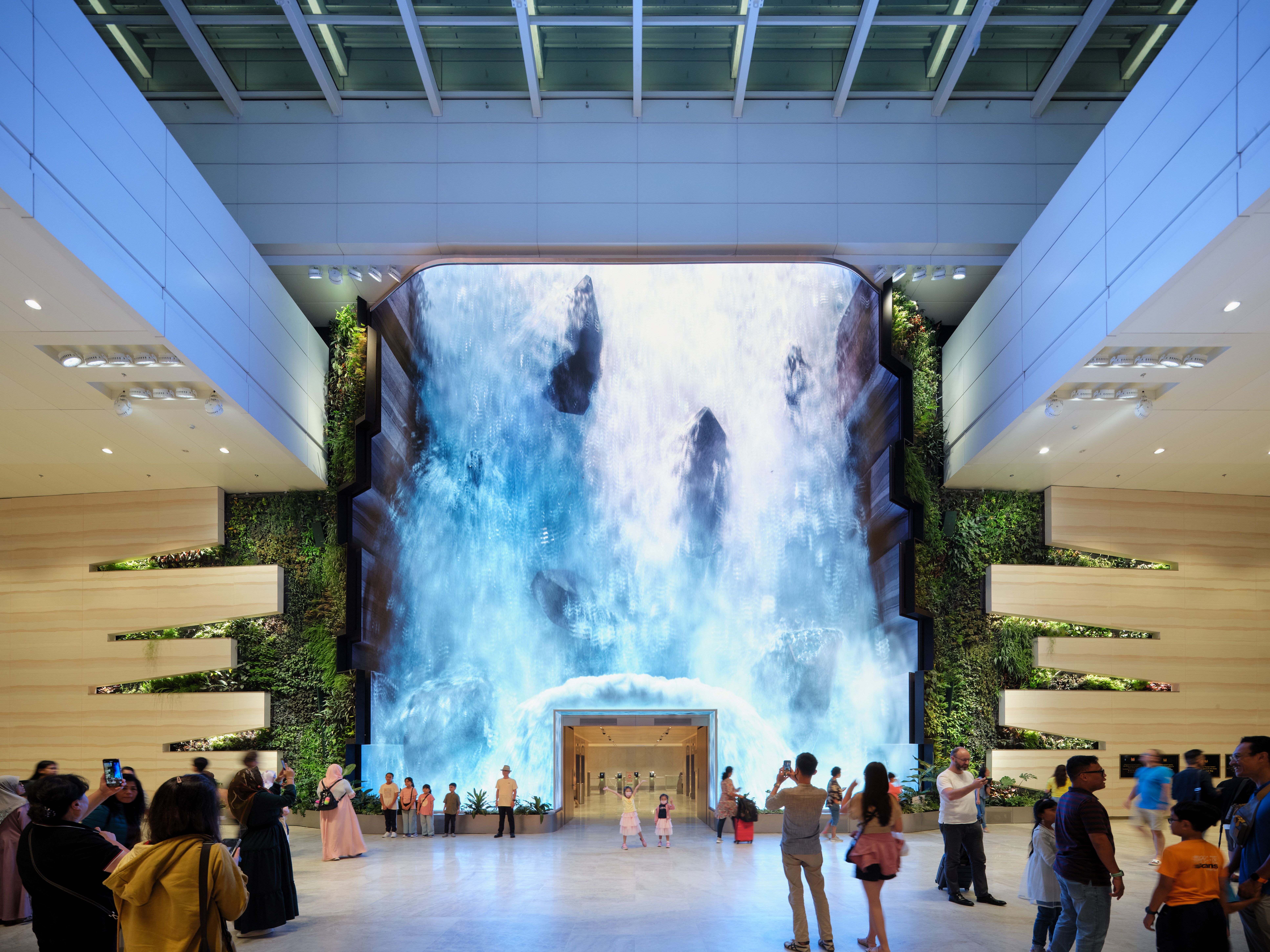
Green columns scale the atriums throughout, supporting an open floor plan. With an unobstructed view spanning the immigration zone, baggage collection, and ‘meet and greet’ area, this flow allows for a seamless feel and overall efficiency, encouraging travellers to understand the space and take moments of pause before moving forward with their journey.
Receive our daily digest of inspiration, escapism and design stories from around the world direct to your inbox.

Tianna Williams is Wallpaper’s staff writer. When she isn’t writing extensively across varying content pillars, ranging from design and architecture to travel and art, she also helps put together the daily newsletter. She enjoys speaking to emerging artists, designers and architects, writing about gorgeously designed houses and restaurants, and day-dreaming about her next travel destination.
-
 Messika imbues minimalist diamond jewellery with a contemporary edge
Messika imbues minimalist diamond jewellery with a contemporary edgeMessika embrace sharp angles and precious materials in a striking jewellery piece
-
 Seven covetable accessories designed to improve your Apple experience
Seven covetable accessories designed to improve your Apple experienceWe present a clutch of cultured accessories for all things Apple, from chargers to cases, straps and keyboard covers
-
 How Abidjan's Young Designers Workshop is helping shape a new generation of Côte d'Ivoire creatives
How Abidjan's Young Designers Workshop is helping shape a new generation of Côte d'Ivoire creativesIn the first in our Design Cities series, we look at how Abidjan's next generation of creatives is being nurtured by an enlightened local designer
-
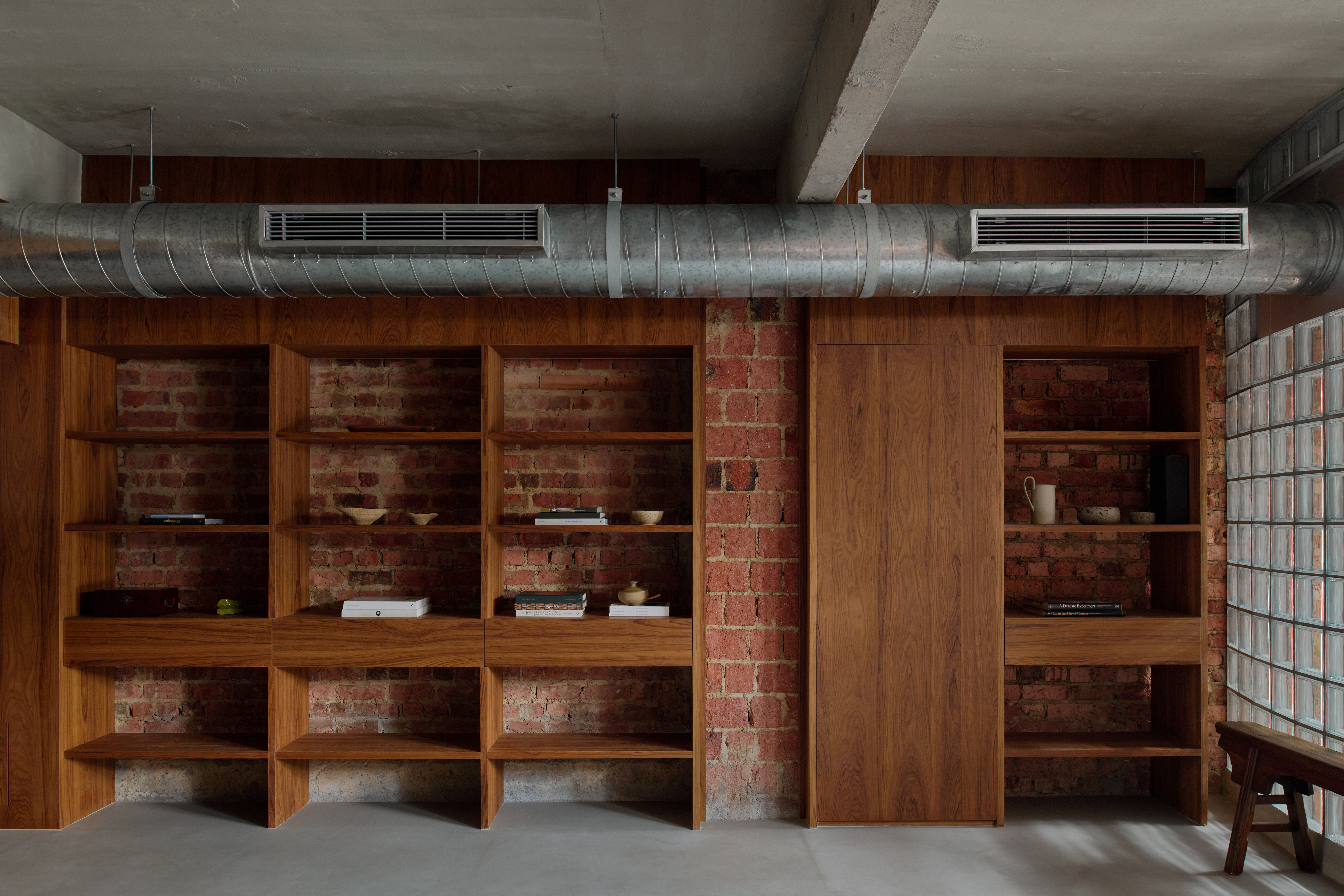 A Singapore terraced house is redesigned into owner’s ‘last home’
A Singapore terraced house is redesigned into owner’s ‘last home’‘My last home’ is a Singapore terrace redesign by L Architects, who spruced it up by adding texture, rawness and atmosphere
-
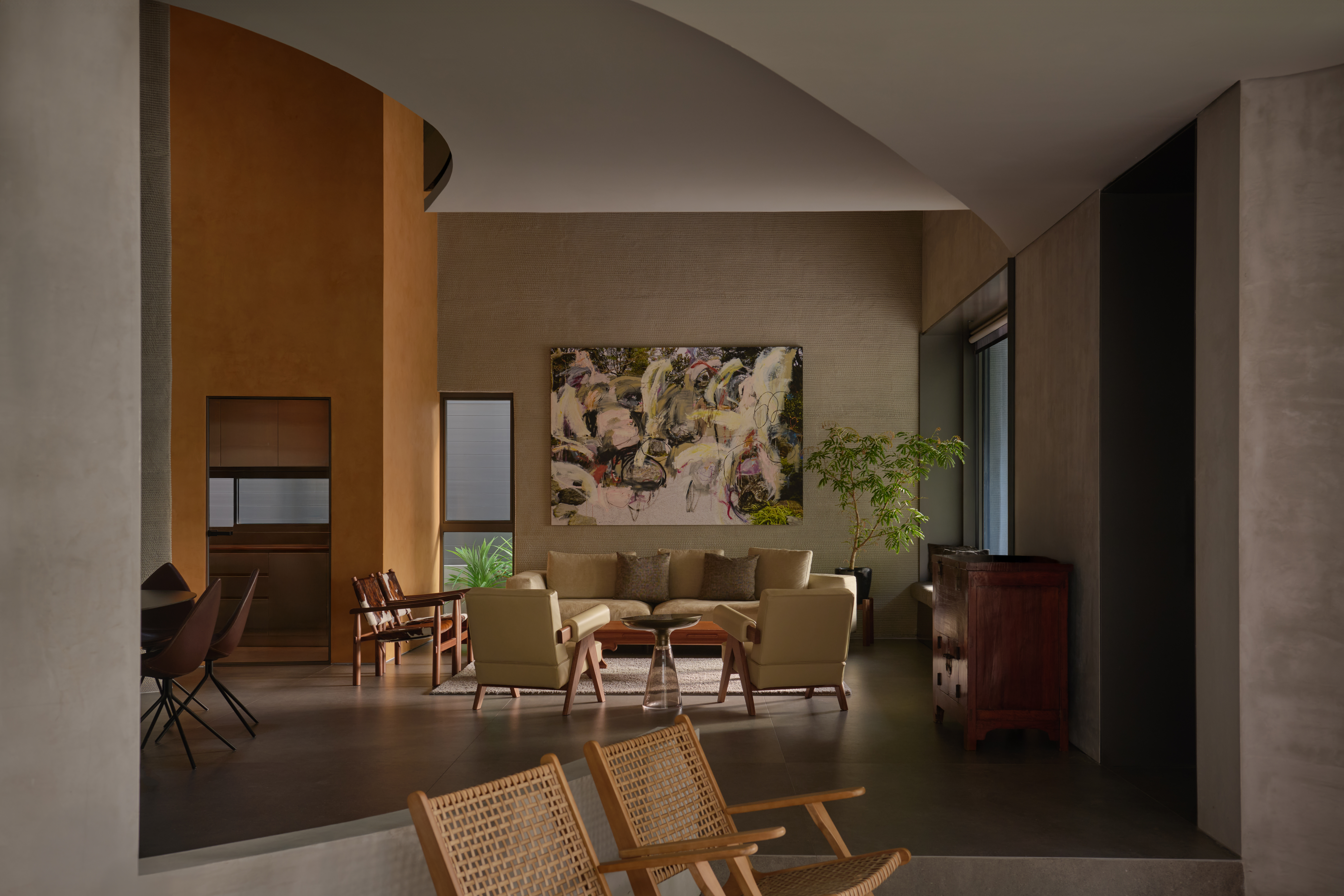 Inside Singapore's first 3D-printed concrete house
Inside Singapore's first 3D-printed concrete houseThe building presents an elegantly minimalist model for the future of mainstream construction
-
 Experience this Singapore apartment’s Zen-like qualities and cocooning urban haven
Experience this Singapore apartment’s Zen-like qualities and cocooning urban havenWelcome to Singapore apartment The Rasidence, a spacious, Zen-like interior by Right Angle Studio
-
 Wallpaper* Architects’ Directory 2024: meet the practices
Wallpaper* Architects’ Directory 2024: meet the practicesIn the Wallpaper* Architects Directory 2024, our latest guide to exciting, emerging practices from around the world, 20 young studios show off their projects and passion
-
 Ian Chee’s Singapore apartment blends past and present
Ian Chee’s Singapore apartment blends past and presentArchitect Ian Chee welcomes us into his Singapore apartment, where past and present cohabit in perfect equilibrium
-
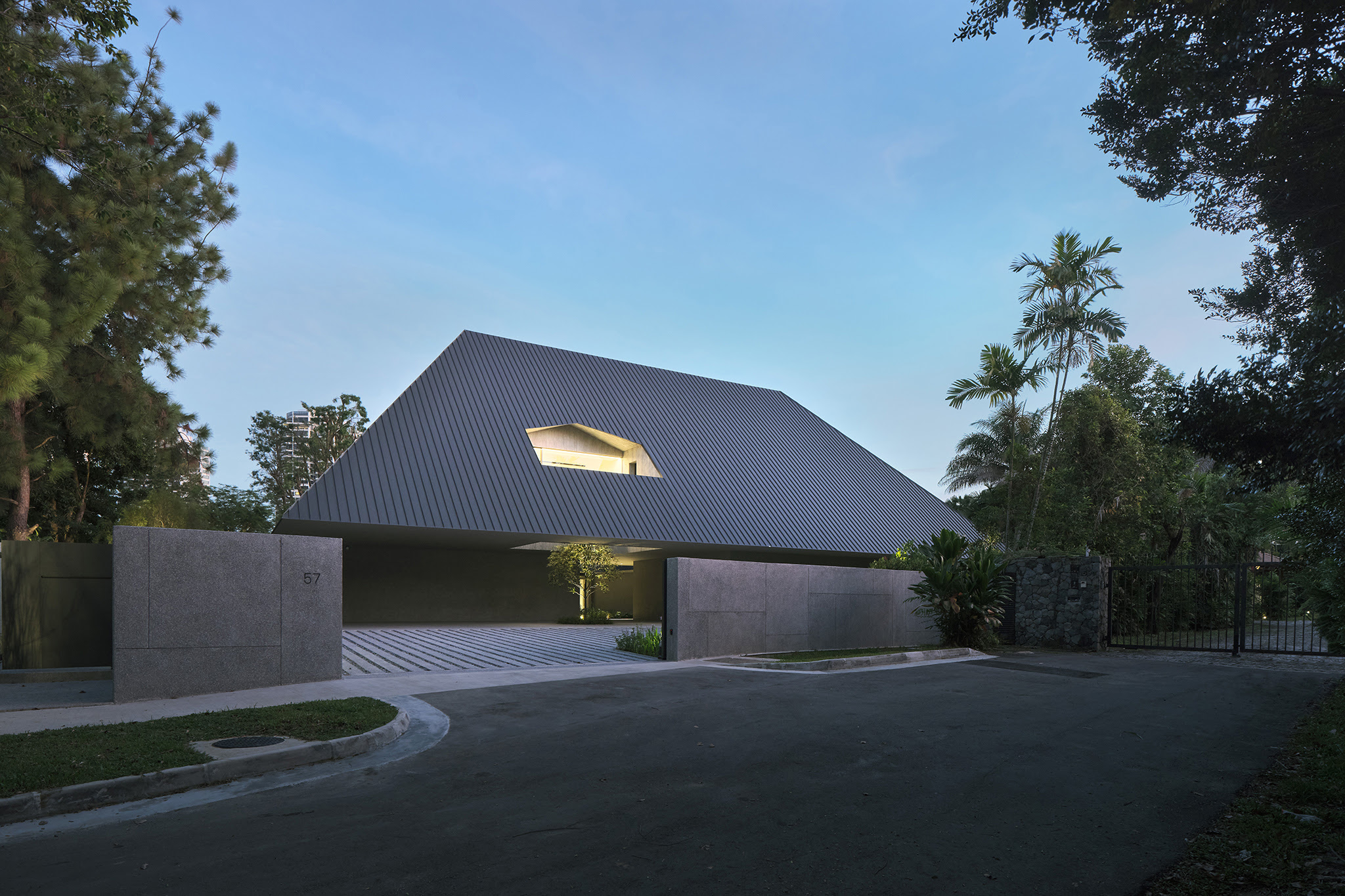 Multigenerational homes for family get-togethers
Multigenerational homes for family get-togethersMultigenerational homes make the perfect setting for extended families to come together – in daily life and for special occasions, such as the recent Lunar New Year
-
 Brewin Design Office brings New York nostalgia to Singapore apartment
Brewin Design Office brings New York nostalgia to Singapore apartmentBrewin Design Office brings a touch of New York nostalgia to Singapore’s Nassim neighbourhood for a minimalist apartment interior design renovation
-
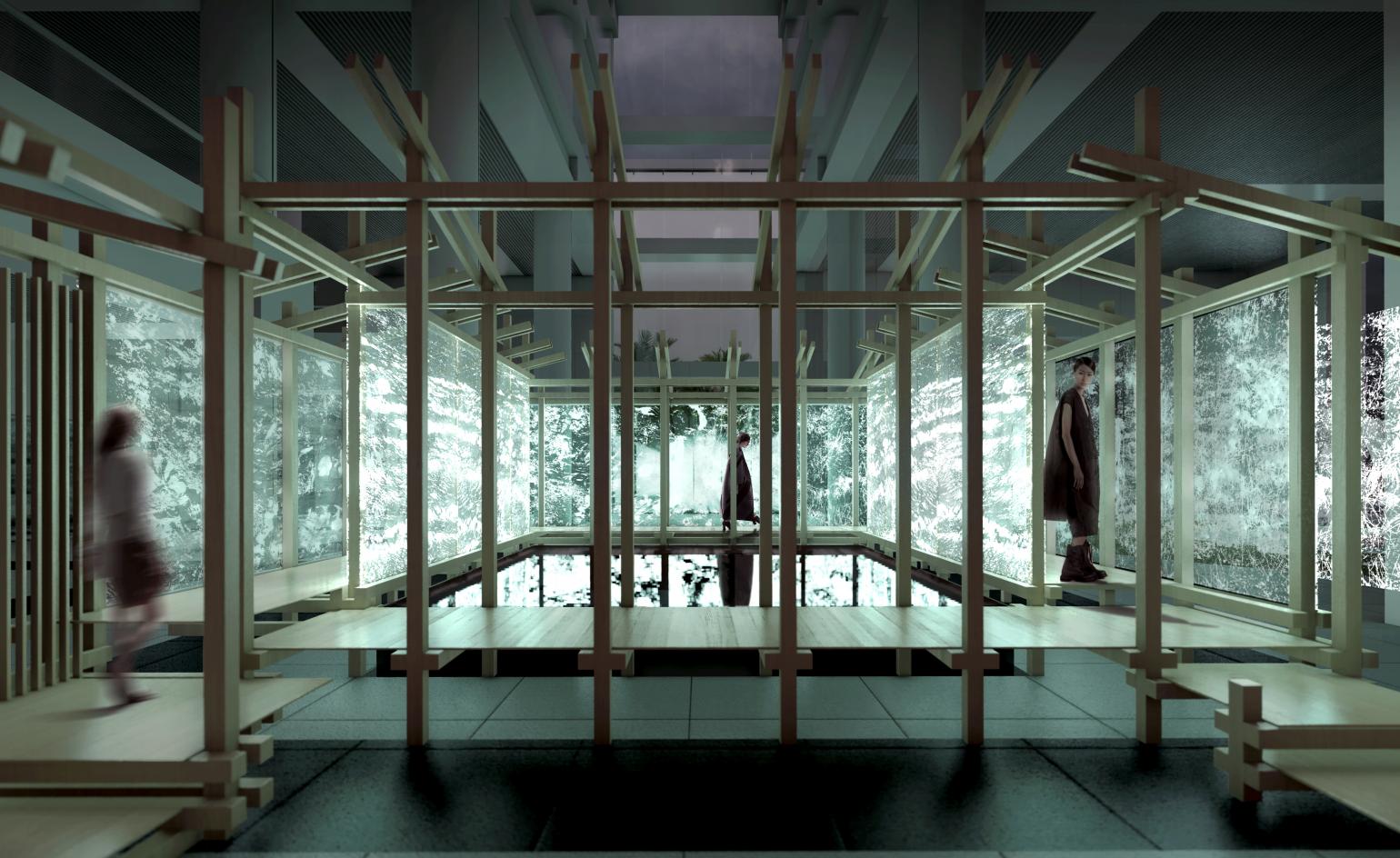 Singapore Archifest pavilion ‘reclaims connectivity’ in an age of distance
Singapore Archifest pavilion ‘reclaims connectivity’ in an age of distance2020 Archifest in Singapore prepares for a September launch and the virtual opening of its main pavilion space, entitled Reclaiming Connectivity and jointly created by ADDP Architects and OWIU Design